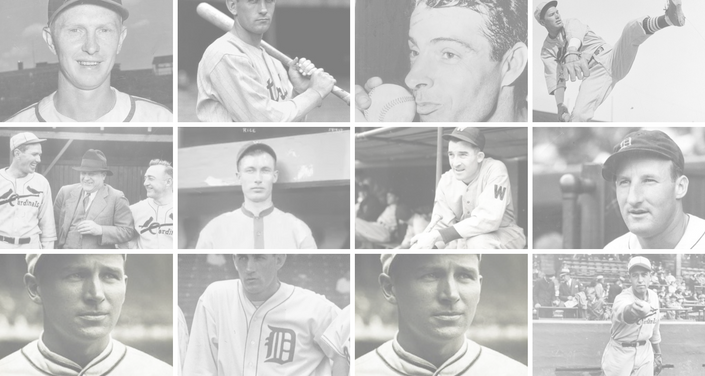4/29/1977 – In a game in San Diego, the Mets batted out of order through the whole game. The lineup featured Roy Staiger batting sixth, John Stearns seventh and Bud Harrelson eighth. This was a change from recent games when Stearns was sixth and Staiger seventh and the two batted this way four times in a row. In the first inning, Stearns hit into an inning-ending double play. Staiger made an out and Harrelson singled in the second (both batting out of turn). Stearns led off the fourth with a home run but the Padres said nothing. Both Staiger and Harrelson made outs, again out of order. In the fifth, Stearns and Staiger were both out but Harrelson started the sixth by reaching on an infield error. With two out in the seventh, Stearns walked and Staiger singled him to third. However, the Padres finally spoke up and the umpires incorrectly declared Staiger out instead of Harrelson, who led off the eighth inning. Even with all the batting changes, the Mets won the game, 9-2.
4/29/1977 – In a game in San Diego, the Mets batted out of order through the whole game. The lineup featured Roy Staiger batting sixth, John Stearns seventh and Bud Harrelson eighth. This was a change from recent games when Stearns was sixth and Staiger seventh and the two batted this way four times in a row. In the first inning, Stearns hit into an inning-ending double play. Staiger made an out and Harrelson singled in the second (both batting out of turn). Stearns led off the fourth with a home run but the Padres said nothing. Both Staiger and Harrelson made outs, again out of order. In the fifth, Stearns and Staiger were both out but Harrelson started the sixth by reaching on an infield error. With two out in the seventh, Stearns walked and Staiger singled him to third. However, the Padres finally spoke up and the umpires incorrectly declared Staiger out instead of Harrelson, who led off the eighth inning. Even with all the batting changes, the Mets won the game, 9-2.

